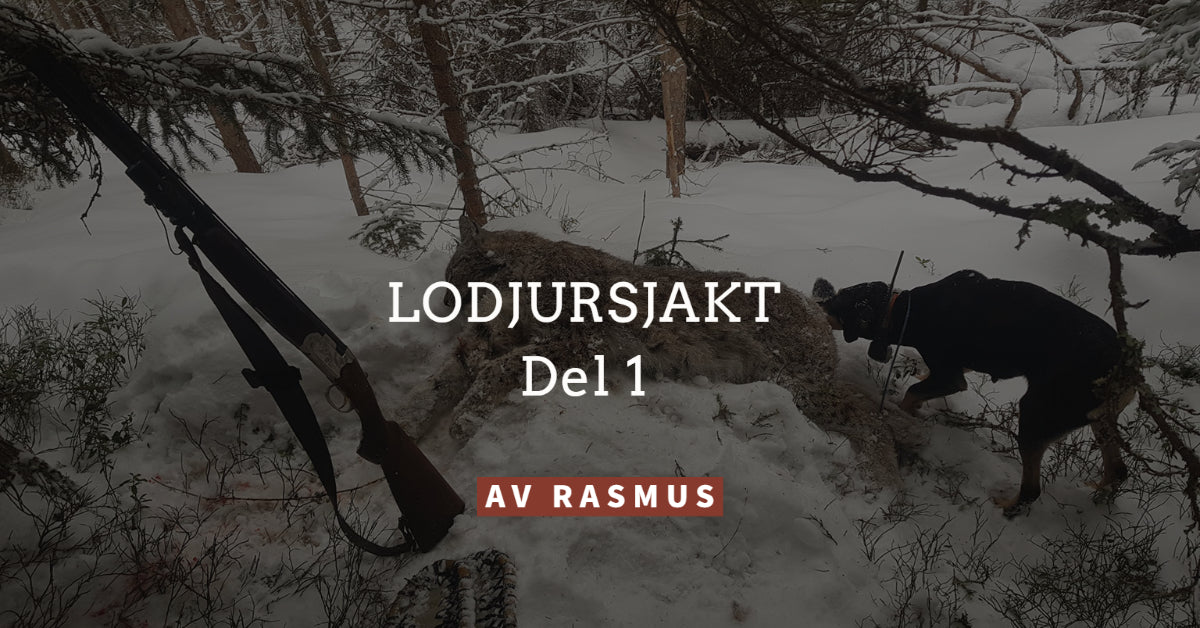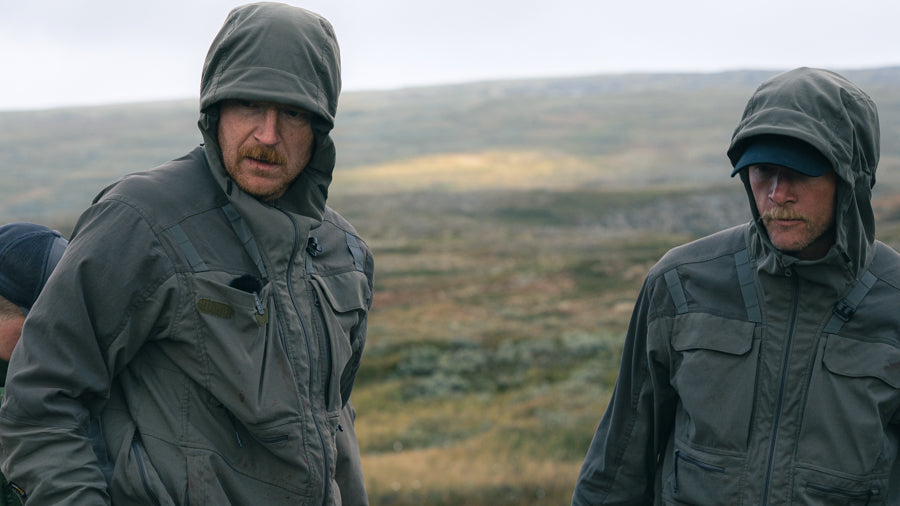
Lynx hunting, how is the shooting determined?
Lynx hunting is regulated like most game species based on availability. The smaller the population, the lower the allocation for lynx hunting and vice versa. Every year, inventories are made to ensure the number of lynx in the country before the allocation for this year's lynx hunt is released. The inventories are made on track snow where it occurs, in other places in the country that lack snow, game cameras and fragrances are used, which are released in places where the lynx normally pass or choose their daily. The stations are placed on tracks where you often observe lynx / lynx tracks or places they choose to take their daily which are usually cliffs or boulders. Normally it can be said that the lynx rarely takes detours to pass a scent place, but the camera station needs to be correctly placed from the beginning to "capture".
Lynx hunting, species identification on snow and trail stamps.
The lynx (normal weight 10-20 kg, normal step length 80-110 cm) is a paw animal that can easily be confused with foxes, wolves, wolverines in certain snow conditions. Many times the individual track stamp is difficult to determine the species in many snow drifts, but track length and way of moving often reveal more of what is moving. I have on many occasions had to track up to 500 m to be sure of game variety. The lynx's track stamp is round, almost like a snuff box in size and shape. During normal movement, the lynx's tracks are winding forward, much like a large fox track.
The fox (normal weight 5-9 kg, normal step length 60-75 cm) normally has significantly smaller paws than the lynx but there are foxes with big feet, in some conditions when it almost carries the fox on snow then it can block out the paws so they become as big as a small lynx. However, the stride length is often smaller, but can be confused with a creeping lynx that when it sneaks has a short stride length.
The wolf (normal weight 20-55 kg, normal step length 110-140 cm) is a heavy dog animal that often sinks deep in loose snow, which can give a clue directly about game species, the lynx rarely sinks more than 25 cm in loose snow during normal movement while the wolf goes to the bottom. The wolf usually has a stride length that is longer than the lynx, but the stride length varies depending on whether the animal is sneaky or regular movement versus being in a bit of a hurry past a place. Otherwise, the wolf track is like a very large dog track.
The wolverine (normal weight 8-15 kg) is an animal that in its size is about a bit more high-legged badger to give a size comparison. The track can in some situations be confusingly similar to a lynx track, especially when it is crowds that carry if the wolf walks slowly instead of jumping as it often does with pair jumps. During normal movement, the wolverine jumps or walks in pairs, the pair jumps are characteristic and when walking, the stride length is usually short. What the wolverine track usually has is a heel on the hind foot (much like the hind foot of a small bear), the lynx lacks the heel and it can often be what reveals the game species.
Boot model winter, size 44 for comparison.




What can be difficult when hunting lynx in certain situations is to determine the species of lynx, wolverine and wolf. The easiest way can usually be not to stare blindly at a paw imprint but the track style itself, think about how the animal looks and moves. In the next section we will deal with the hunt for lynx.
Welcome to the forest / Rasmus





Leave a comment (all fields required)